The National Center for Hydro-Meteorological Forecasting's urgent storm information on storm No. 3 said that at 4 p.m. on July 20, the storm's center was at about 21.8 degrees north latitude, 112.8 degrees east longitude, in the northern sea area of the North East Sea, about 560 km east of Quang Ninh - Hai Phong . The strongest wind is level 12 (118-133 km/h), gusting to level 15. The storm is moving westward at a speed of 20-25 km/h.
Forecast, by 4:00 p.m. on July 21: Storm in the northern Gulf of Tonkin (20.7 degrees north latitude - 108.5 degrees east longitude), level 11-12, gust level 15.
At 4:00 p.m. on July 22: The storm made landfall along the coast of Hai Phong - Thanh Hoa (20.2 degrees north latitude - 106.2 degrees east longitude), weakened to level 9-10, gusting to level 12.
At 4:00 p.m. on July 23, the storm in the Upper Laos region (19.8 degrees north latitude - 103.8 degrees east longitude) weakened into a low pressure area.
The National Hydrometeorological Forecasting Agency also recommends that no boats are allowed to operate in the affected areas. People in coastal areas from Quang Ninh to Nghe An need to complete the reinforcement of their houses and evacuate if necessary before July 21. Warnings of flooding, collapse due to strong winds, prolonged heavy rains, flash floods and landslides in mountainous areas.
To ensure the safety of life and property from storms and post-storm floods, the Department of Dyke Management and Natural Disaster Prevention and Control (Ministry of Agriculture and Environment) recommends that people should not be subjective and comply with the following recommendations.
Providing safety skills guidance before and during storms for the community. (Photo DMFCD) |
First, monitor forecasts, warnings, and updates on storm developments to proactively prevent and avoid them.
Second, ensure the safety of boats at anchorage, protect fishery cages and rafts, especially people on the islands; absolutely do not stay on anchored boats, tourist boats, watchtowers, cages and rafts, or aquaculture areas when the storm makes landfall;
Third, ensure safety when traveling during the rainy and stormy season: regularly monitor weather developments, warn of natural disasters, proactively postpone or cancel trips when the weather is bad to ensure safety; avoid traveling to coastal areas, islands, mountainous areas or places at risk of landslides and flash floods. Absolutely do not go out when a storm is making landfall, except in emergency cases and with specific instructions from the authorities.
Fourth, determine the safest shelter for all family members; proactively evacuate when necessary or at the request of local authorities.
Fifth, proactively stock up on food, water, medicine, and necessary supplies.
Sixth, reinforce and brace houses; trim tree branches; remove billboards and posters that pose safety risks; ensure safety of construction sites.
Seventh, reinforce livestock and poultry barns; take advantage of early harvest of agricultural and aquatic products according to the motto "green at home is better than old in the fields"
Eight, be on guard against rain, floods, and inundation in low-lying areas, urban areas, and flash floods and landslides in mountainous areas; be on guard against rising water in coastal areas and river mouths.
Nine, keep assets high, keep important documents in a safe place, and move vehicles to higher ground.
Tenth, proactively clear drainage systems near your home and residential area to create flood escape routes; notify the authorities when there are problems with drainage blockages or deep flooding; do not park in areas at risk of flooding; be on guard against flooding in apartment basements.
Eleventh, save the emergency phone numbers for use in case of emergency.
According to the General Statistics Office (Ministry of Finance), in the first six months of this year, natural disasters left 74 people dead and missing, 51 injured; 57,200 hectares of rice and 11,600 hectares of crops damaged; 5,500 houses collapsed, swept away and damaged. The total value of property damage caused by natural disasters in the first six months of this year is estimated at VND2,003.8 billion, nearly 1.2 times higher than the same period in 2024.
Source: https://baothainguyen.vn/xa-hoi/202507/11-huong-dan-ky-nang-ung-pho-voi-bao-so-3-va-mua-lu-sau-bao-a512306/


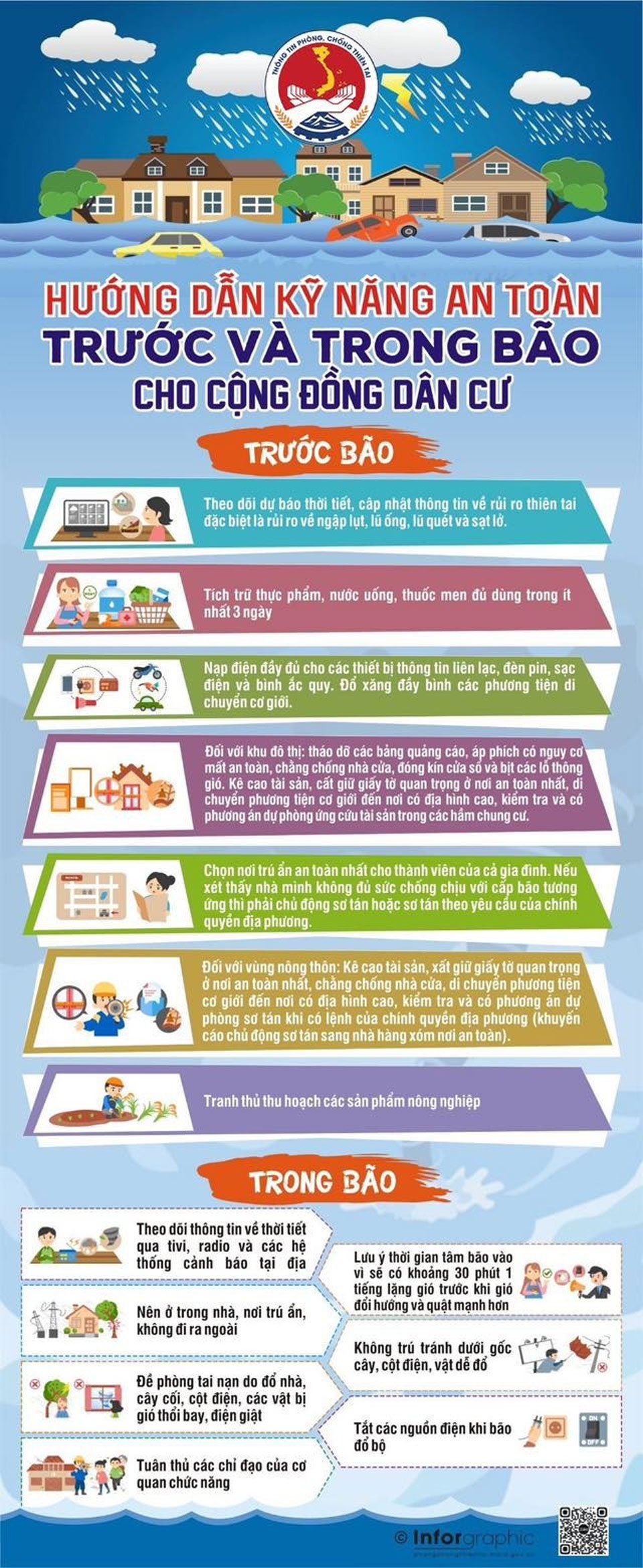
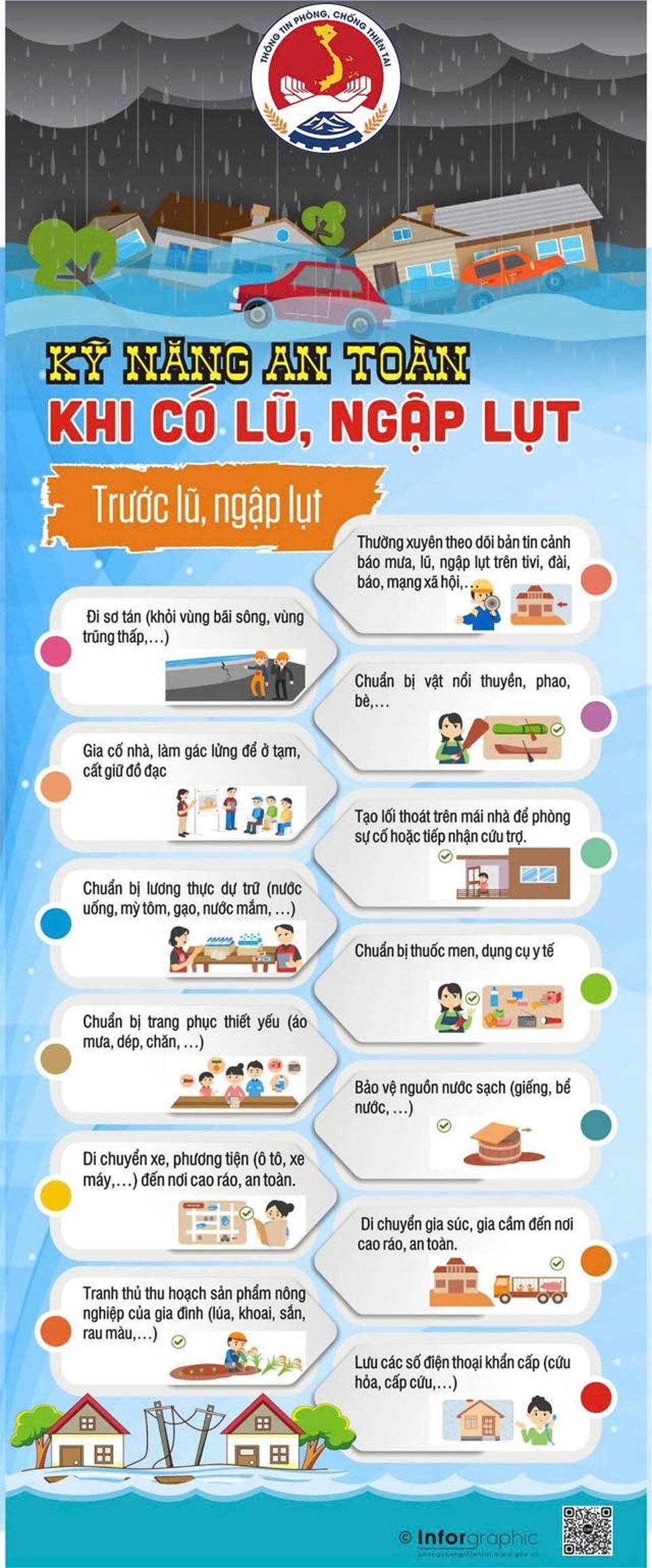




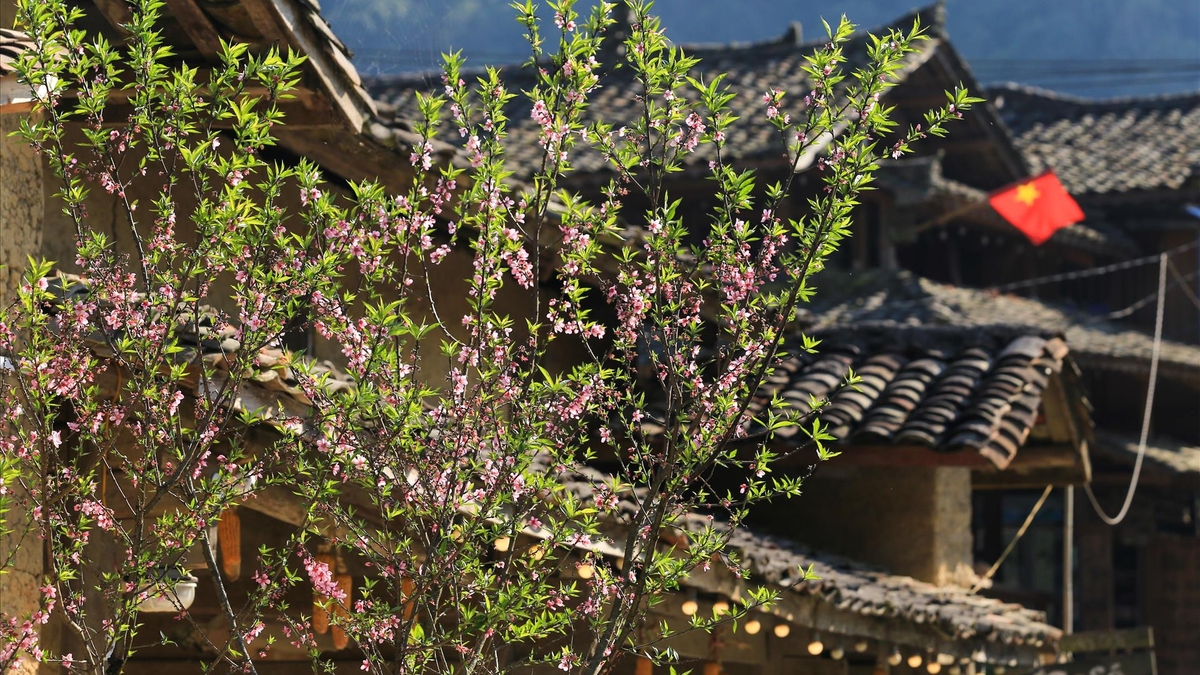

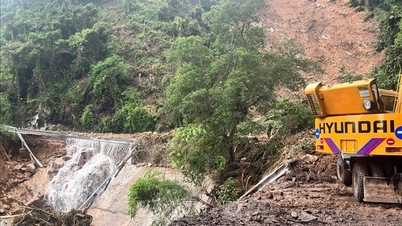



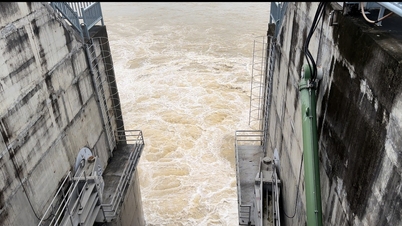


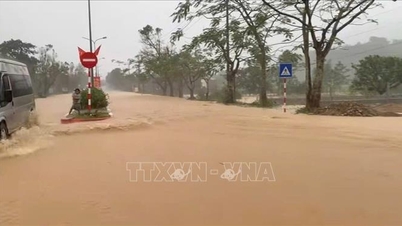
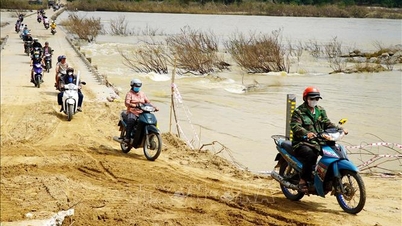



















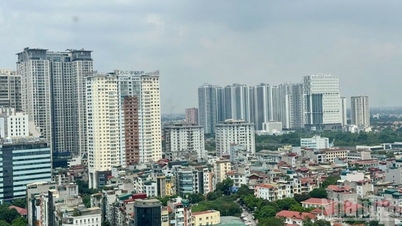



![[Photo] General Secretary To Lam and National Assembly Chairman Tran Thanh Man attend the 80th Anniversary of the Traditional Day of the Vietnamese Inspection Sector](https://vphoto.vietnam.vn/thumb/1200x675/vietnam/resource/IMAGE/2025/11/17/1763356362984_a2-bnd-7940-3561-jpg.webp)
































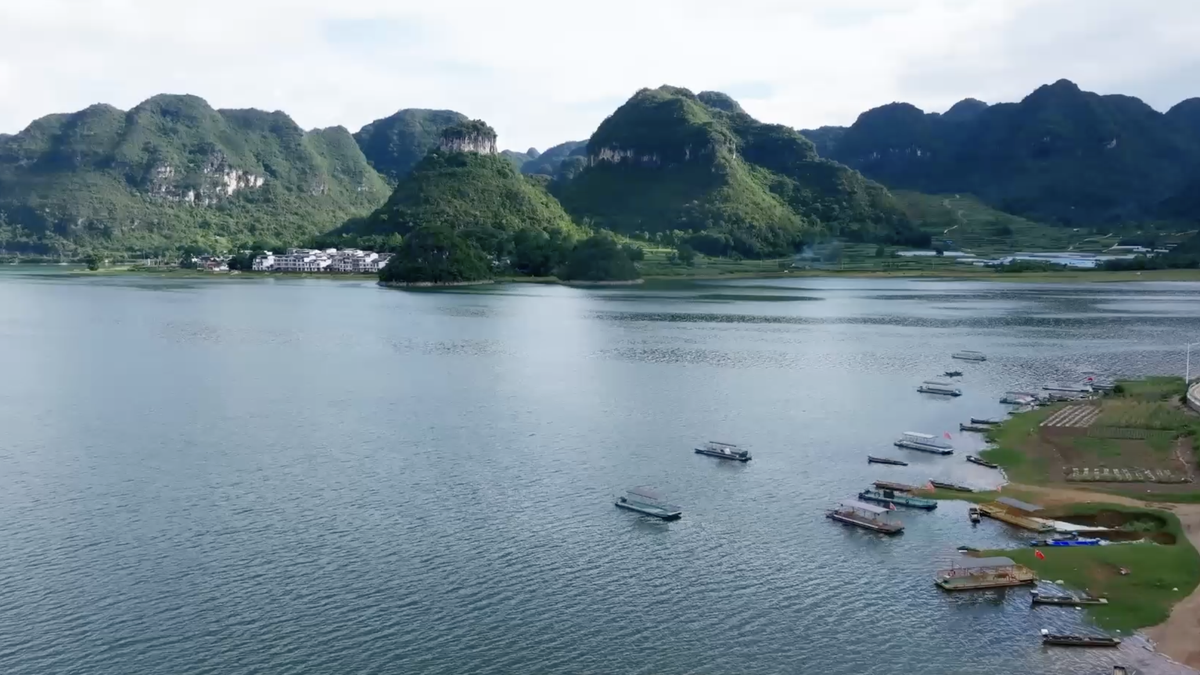

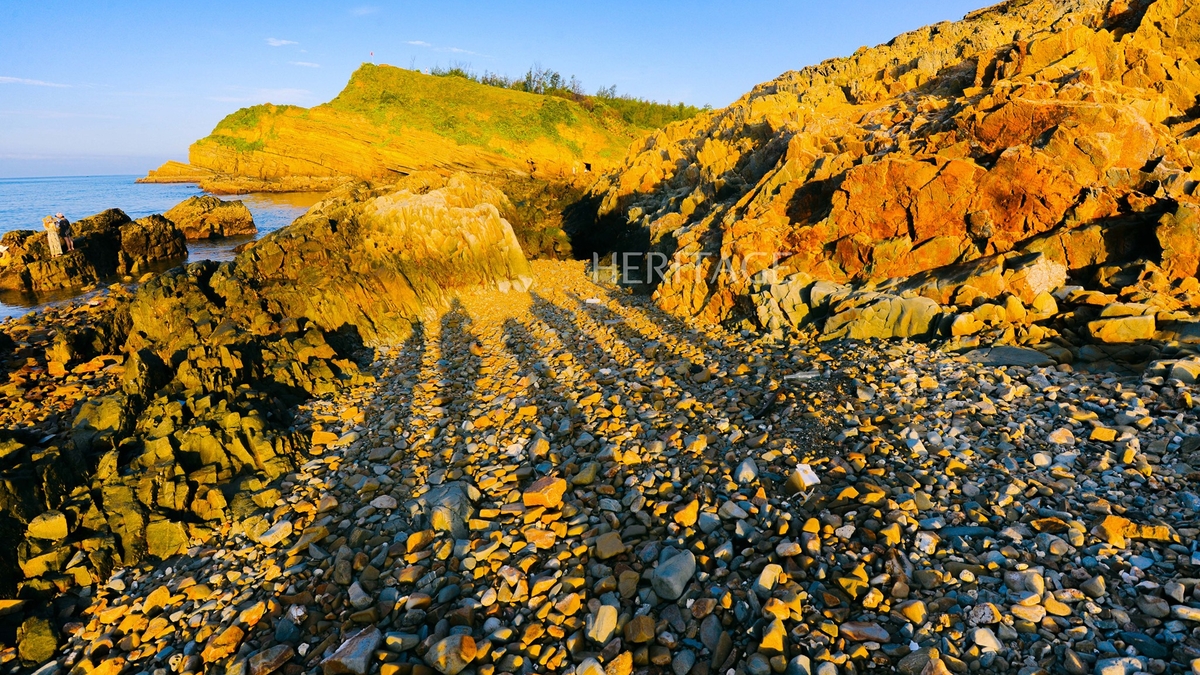



















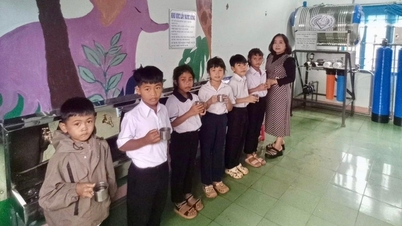
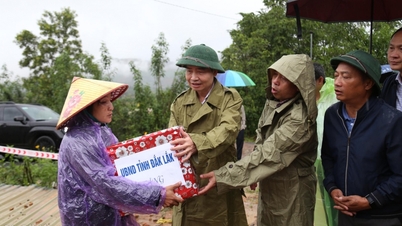
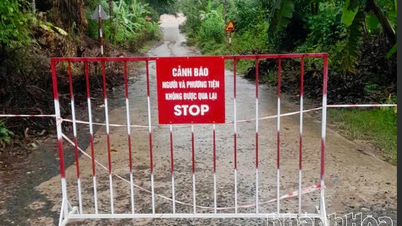


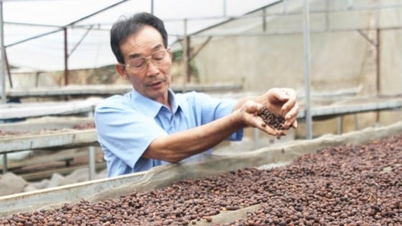







Comment (0)